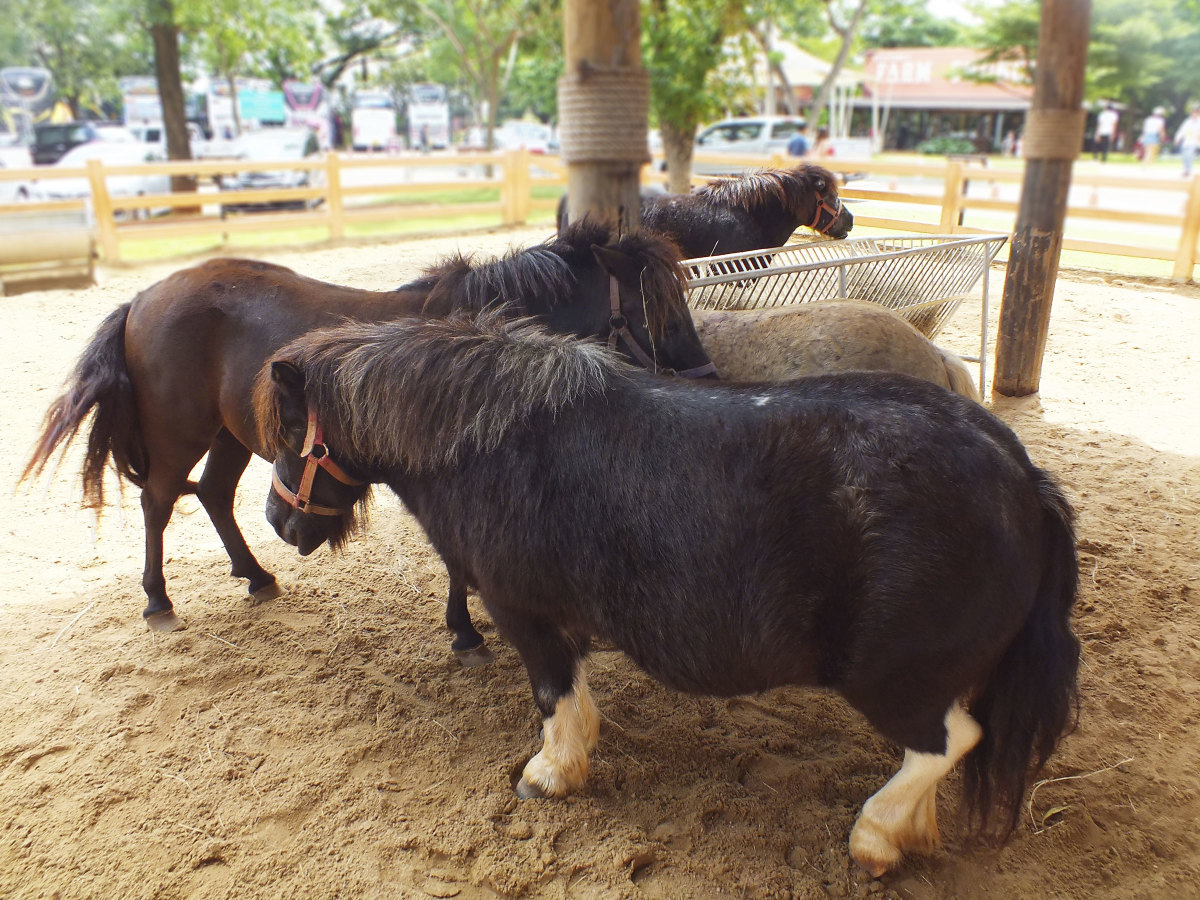
Keeping up with improved diagnostic techniques and treatment methods for equine disease syndromes can yield better clinical results for your patients and clients. The wealth of knowledge circulating in research papers, professional journals, and in the Proceedings of numerous veterinary conferences can be overwhelming to absorb. The mission in this series of Keeping Up is to pull out interesting research and novel ideas from these sources to enable equine practitioners to keep abreast of new developments.
Equine metabolic syndrome (EMS) is a challenging condition to manage for clients’ horses. Usually it is pretty apparent that a horse has this condition, but not all horses are readily categorized the same as to the consequences of obesity. One objective is to identify testing protocols that shed light on the presence of EMS and the likelihood that a horse is at risk for developing laminitis.
At the North American Veterinary Conference in February 2017, Anne Wooldridge, DVM, MS, PhD, DACVIM, of Auburn University College of Veterinary Medicine, presented updated research information on syndromes associated with equine metabolic syndrome.
In the first update, she describes a study of 600 horses and ponies that were divided into three groups (Schultz N, McCue M, Martinson K, Frank N, Geor RJ. Characterization of the Equine Metabolic Syndrome Phenotyped, Part I: Biochemistry, Morphometrics and Breed Comparisons. J Vet Intern Med 2012;26:76). In that research, the three study groups were:
- EMS suspects with laminitis from no apparent cause
- EMS suspects without laminitis
- Controls matched by age and breed
The study demonstrated that fasting insulin and triglyceride levels, and insulin levels 75-minutes after administering the oral glucose tolerance test, were elevated in horses that were laminitic as well as horses that were obese but not laminitic. Interestingly, body condition scores and morphometric measures did not differentiate between laminitic and non-laminitic groups; this is in contrast to the generally accepted sentiment that obesity is a prerequisite risk for laminitis.
However, the study concluded: “Metabolic derangements may be exacerbated when susceptible animals become obese.”
The suggestion is that there might be predisposing genetic factors that increase the risk of developing laminitis in the face of obesity.
An additional study (McCue, et al. Equine Metabolic Syndrome: A Complex Disease Influenced by Genetics and the Environment. JEVS 2015, 35(5); pp. 367-375, http://www.j-evs.com/article/S0737-0806(15)00143-4/abstract.), stated: “EMS and laminitis risk are complex genetic traits that are the result of one or more inherited genetic alleles that are influenced by the environment.”
Acting as an endocrine organ, adipose tissue secretes proteins (adipokines and leptins) that influence lipid and carbohydrate metabolism. Wooldridge evaluated adipokines and their relationship to EMS (Am J Vet Res. 2012 Aug;73(8):1230-40).
She explained that one adipokine in particular, high molecular weight adiponectin, has a significant sensitizing effect on insulin. Because its concentration is inversely related to insulin concentration and fat mass, lower values tend to be identified in obese and unfit horses relative to higher levels seen in lean horses. A British study (Menzies-Gow, et al, Equine Vet J. 2016 Jul 1), demonstrated that low adiponectin and high insulin concentrations correlated with cases of pasture-associated laminitis in 446 ponies.
Another hormone secreted in abundance from adipose tissue is leptin, the “satiety” hormone that regulates hunger – high levels in horses (> 7.3 ng/ml) have been associated with insulin resistance and laminitis risk. However, the McCue et al study cited above found that while leptin concentrations do correlate with body condition scores, it is not particularly useful for identifying the laminitis-prone phenotype.
Additionally, hormones called incretins are released in the gastrointestinal tract subsequent to the ingestion of carbohydrates (de Laat, et al. Equine hyperinsulinemia: investigation of the enteroinsular axis during insulin dysregulation. American Journal of Physiology – Endocrinology and Metabolism, 9 Dec 2015 Vol. 310 no. 1, http://ajpendo.physiology.org/content/310/1/E61). In the presence of glucose, incretin hormones [glucagon-like petide-1 (GLP-2) and glucose-dependent insulinotropic peptide (GIP)] elicit insulin secretion from the pancreas; this might explain hyperinsulinemia that occurs following a carbohydrate meal. Elevated insulin levels increase the risk of developing laminitis.
Findings such as these may pave the way to improved diagnostic testing of specific proteins and hormones for EMS and for risk factors associated with laminitis.








